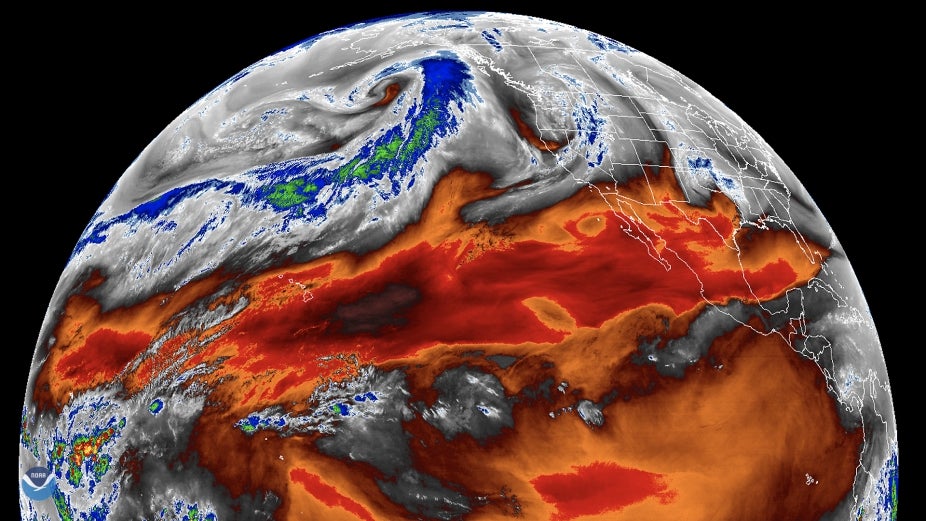Longmont Museum - Atmospheric rivers in a changing climate: How rivers in the sky could change

NOAA
7:00 – 8:30 pm MDT
Atmospheric rivers can be thought of as “rivers in the sky” because they are long, narrow, often meander like rivers on land, and carry a lot of water! A typical atmospheric river transports more than double the flow of the Amazon river through our atmosphere, and when they make landfall, can produce heavy rain or snow. As the climate continues to warm, atmospheric rivers will change. Figuring out how global warming will alter this important part of Earth’s water cycle is a key challenge not only for weather scientists, but also for local communities who need to plan for their future water resources. In this Explorer Series lecture at the Longmont Museum, Christine Shields of NCAR’s Climate & Global Dynamics Lab will talk about what atmospheric rivers are, their importance in the climate system, and how they may change in the future.
Christine Shields
Christine Shields is a Project Scientist in the Climate Change Research section at NCAR with expertise in simulating Earth’s past, present and future climate with the Community Earth System Model (CESM). She earned her Masters of Science in Meteorology from the Pennsylvania State University in 1991 and has focused her research towards understanding Earth’s hydrological cycle in the context of climate change, with particular emphasis on atmospheric rivers, monsoons, moisture transport, cyclones, and weather extremes. Christine’s research spans much of Earth's history, ranging from millions of years ago to future climate states under global warming. She is involved in a community-driven effort to define the uncertainty surrounding the various definitions of atmospheric rivers and is particularly interested in how this uncertainty shapes our understanding of atmospheric rivers in a warmer world.